GENERAL ORTHOPAEDICS
Our specialists and well-trained best orthopedic specialists in Shalom Orthopaedic Hospital are renowned for developing and implementing state-of-the-art techniques to diagnose and treat bone and joint disorders. Our main aim is to provide the highest level of care available so that we may return our patients to their daily activities as quickly as possible.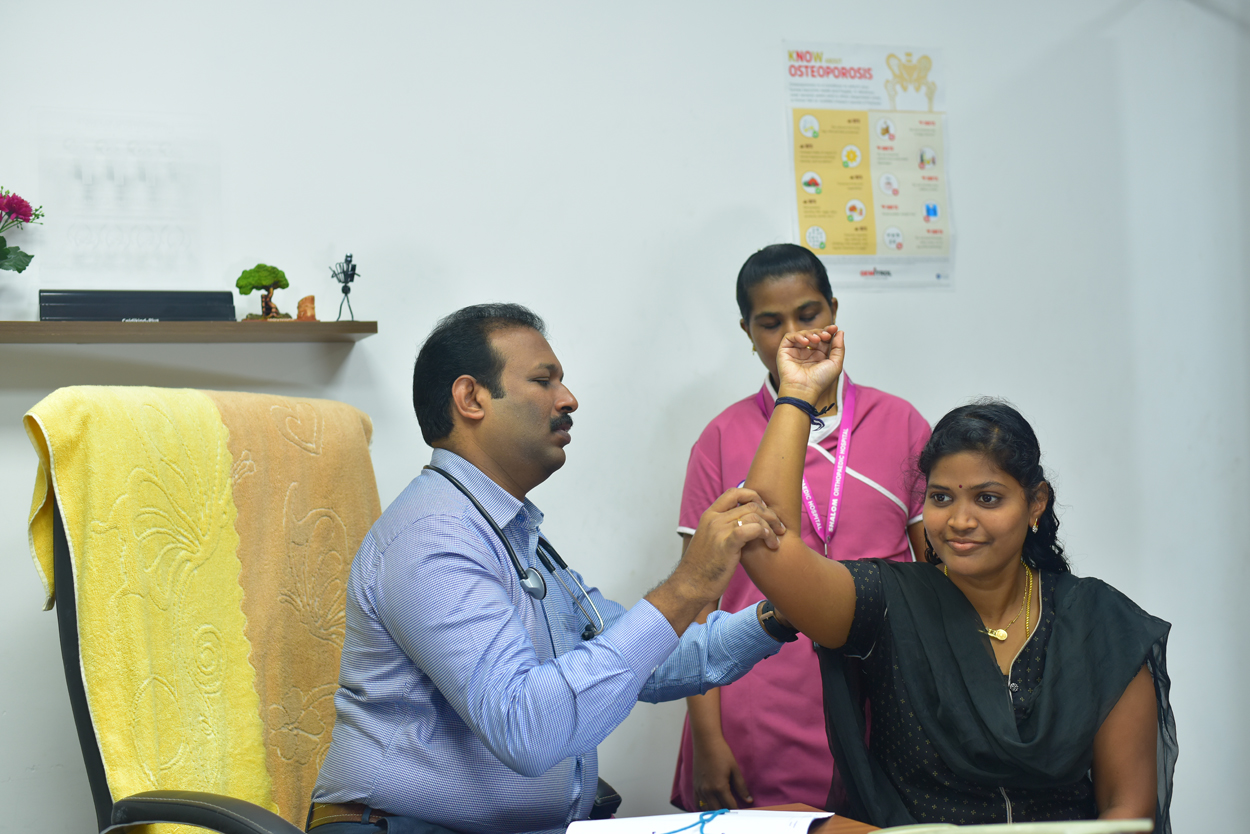
We take pride in offering full spectrum of musculoskeletal conditions from sprains and strains, limb sparing oncology procedures, from carpel tunnel syndrome to complex spinal reconstruction. We are specialist in providing Orthopaedic surgery solutions for those who may be experiencing problems with major joint areas including their knees, shoulders, feet, ankles, hands, wrists and hips.
Our team comprises of highly skilled and trained Orthopaedic surgeons, dedicated to finding the best Orthopaedic solution for your needs using the latest advances in medical treatment and technology. Whether you're in need of general Orthopaedic or sports medicine services, our team at Shalom Orthopaedic Hospital would be able to support you in all ways. We offer innovative care options, including surgical and conservative treatment with transparent information and measurable outcomes.
JOINT REPLACEMENT AND REVISION
A Joint Replacement Surgery is considered a success when the implant bonds completely with the patient’s natural bone, resulting in stability and ease of movement. The key to any successful joint replacement surgery is to find the perfect implant to replace your worn-out joint. Accurate placement of the implant and an infection-free environment are the other critical factors. Getting the right bond is completely dependent on the experience and expertise of the surgeon and involves four crucial steps. They are:

- A detailed and accurate assessment of the bones and joints
- Finding and customizing the implant so that it suits your age, physical activity and lifestyle
- Deciding on the surgical approach which will yield the best results
- Devising the right post-surgical physiotherapy regime
SPINE SURGERY
The spine is one of the strongest parts of the human body. It balances the entire body weight and our workload. The spine suffers a lot of wear and tear continuously throughout life. Before the age of 30, we can jump/run and endure long hours of work and play. This is because the spine and muscles are strong. All we feel is a tired ache or cramp due to overactivity which is relieved with proper rest. After the age of 30, your spine starts getting weaker and stiffer thereby losing its performance endurance and strength. Hence, to support the spine better, our muscles need to gear up.
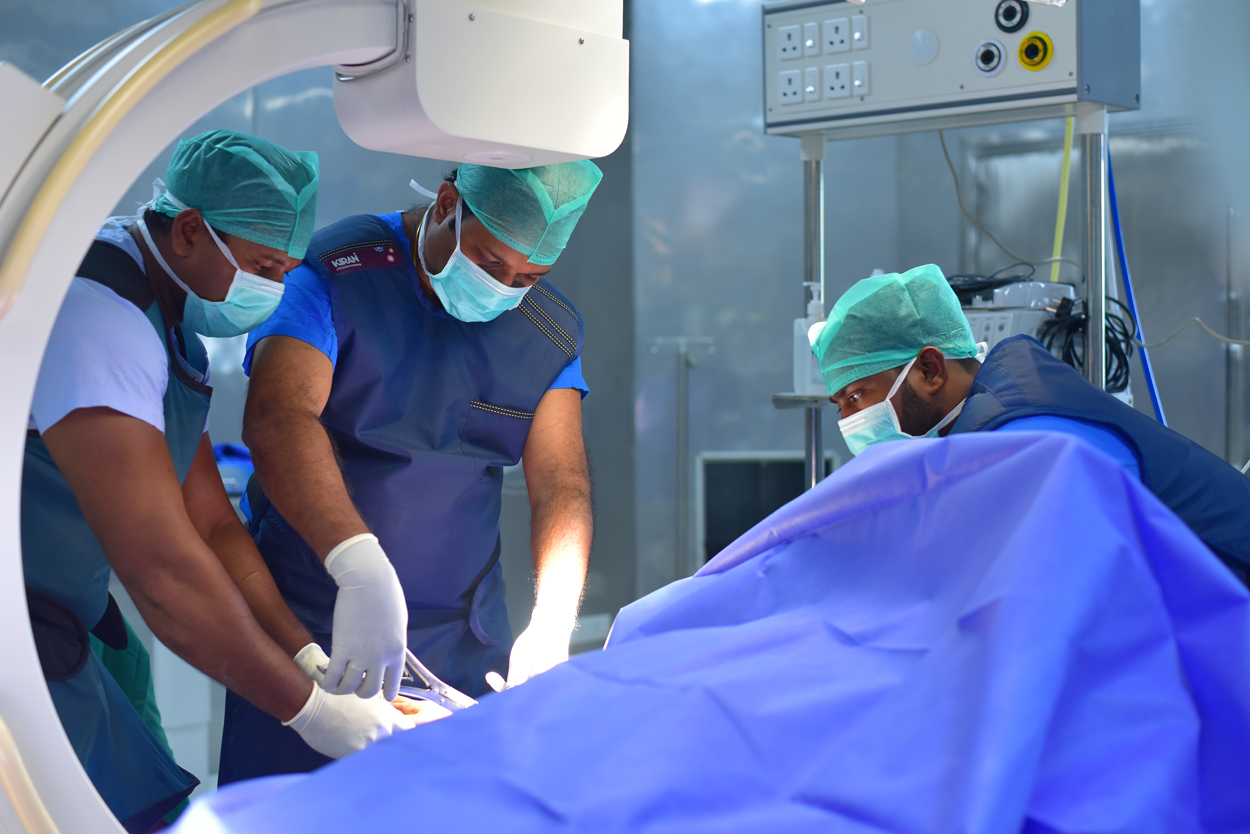
The Spine Surgery Unit at Shalom Orthopaedic Hospital offers a wide range of services to diagnose and treat acute and chronic spinal disorders. From non-surgical treatments to surgical options, we develop patient-centric treatment plans intending to help our patients return to a normal and active lifestyle.
The unit is known for providing comprehensive care to each patient using a multidisciplinary approach, leading-edge technology, state-of-the-art infrastructure, and managing all kinds of spinal surgeries
DEFORMITY CORRECTION
Deformity correction is a procedure to straighten a bone that is bent or twisted in a way that is not normal. After the bone is straightened, the arm, leg, or foot has normal alignment and function. Deformities can be corrected in two different ways.

- All at once during a surgical procedure (called acute correction)
- Slowly over the course of several weeks or months (called gradual correction)
During surgery, the doctor makes a cut across the bone to create two separate bone segments. This surgical procedure to cut a bone is called an osteotomy. Then the doctor will straighten the bone.
After the bone is positioned correctly, the doctor inserts an internal device to keep the bone in the corrected position while it heals. The internal device may be an internal nail/rod or a metal plate. Sometimes additional soft-tissue procedures are done at the same time to allow the muscles and nerves to accommodate the correction. After the bone heals, the internal device may be removed during a second surgery.
In some situations, the doctor may use fixator-assisted nailing or fixator-assisted plating to straighten the bone. These two procedures involve temporary application of an external fixator during surgery to hold the bone segments in perfect alignment while an internal nail, rod or plate is applied. The external fixator is then removed at the completion of the surgery, but the internal fixation remains.
ARTHROSCOPIC SURGERIES
Arthroscopy is a surgical procedure doctors use to look at, diagnose, and treat problems inside a joint. It’s a minor surgery and is done on an outpatient basis, which means you can go home the same day. Your doctor may recommend it if you have inflammation in a joint, have injured a joint, or have damaged a joint over time.
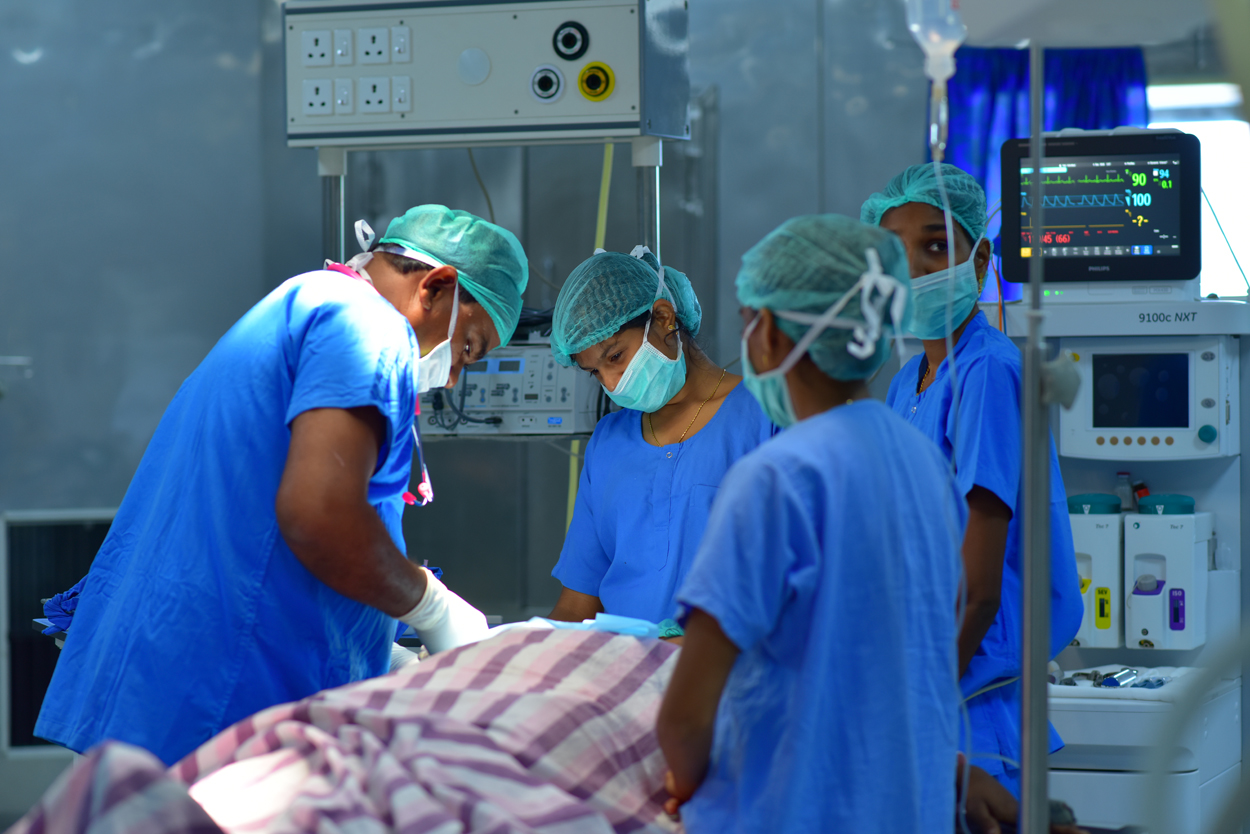
You can have arthroscopy on any joint. Most often, it’s done on the knee, shoulder, elbow, ankle, hip, or wrist.
During the procedure, your doctor will insert a tool called an arthroscope into your joint through several small cuts to see how much damage is in the joint. They can also repair many injuries during arthroscopy.
PAEDIATRIC ORTHOPAEDICS
We treat children and young adults with a wide range of developmental disorders, congenital, neuro muscular and post traumatic problems with bone joints and tendons. We provide surgical and non-surgical treatment for conditions including, but not limited to
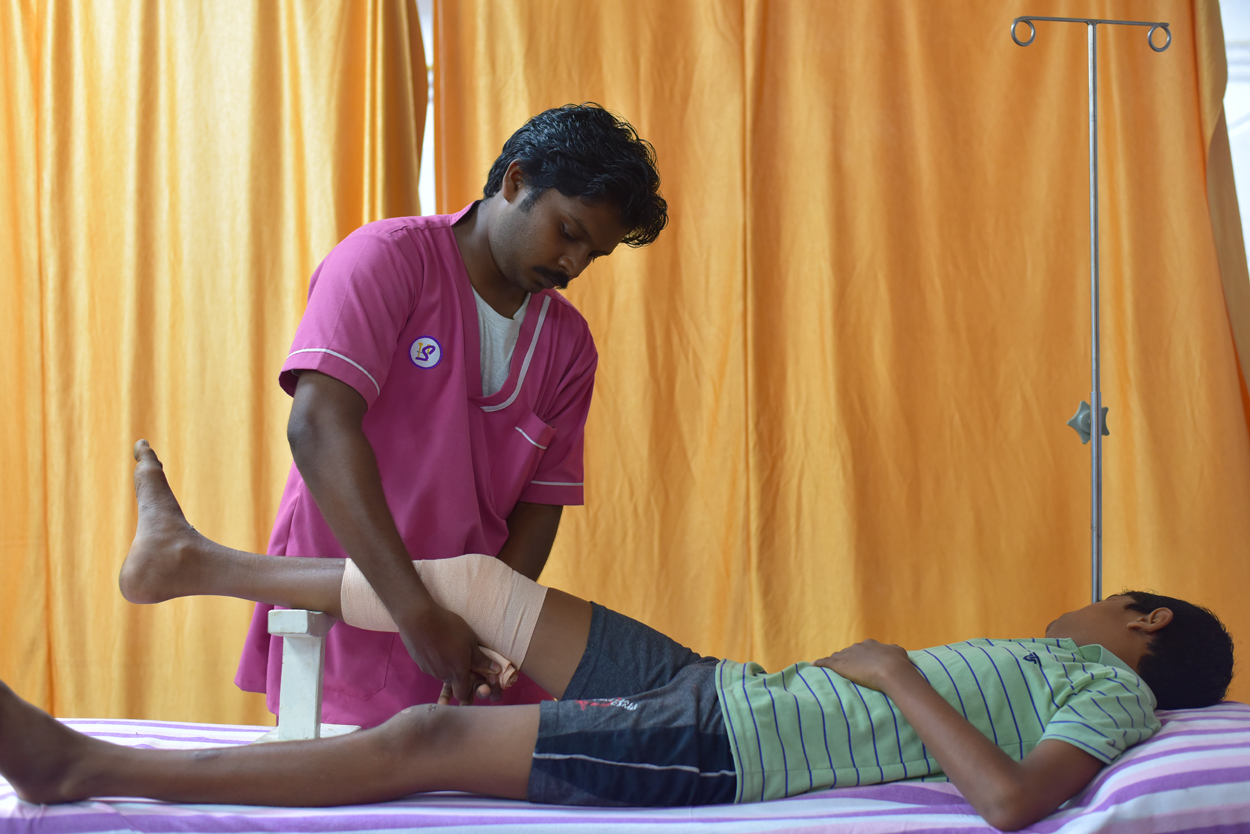
- Spinal disorders, including scoliosis, kyphosis, spondylolysis, and back pain
- Hip diseases like dysplasia, slipped capital femoral epiphysis, and avascular necrosis
- Hip diseases like dysplasia, slipped capital femoral epiphysis, and avascular necrosis
- Congenital anomalies/birth defects of the extremities
- Leg length differences
- Club feet
- Trauma and growth disturbances
- Bone tumors (sarcomas)
SPORTS MEDICINE
Our Orthopaedic unit offers prevention, diagnosis and management of various orthopaedic conditions related to sports and lifestyle in collaboration with our physiotherapist and exercise specialist. Our onsite Rheumatologist can support patients manage orthopaedic conditions such as osteoporosis to help maintain an active lifestyle.
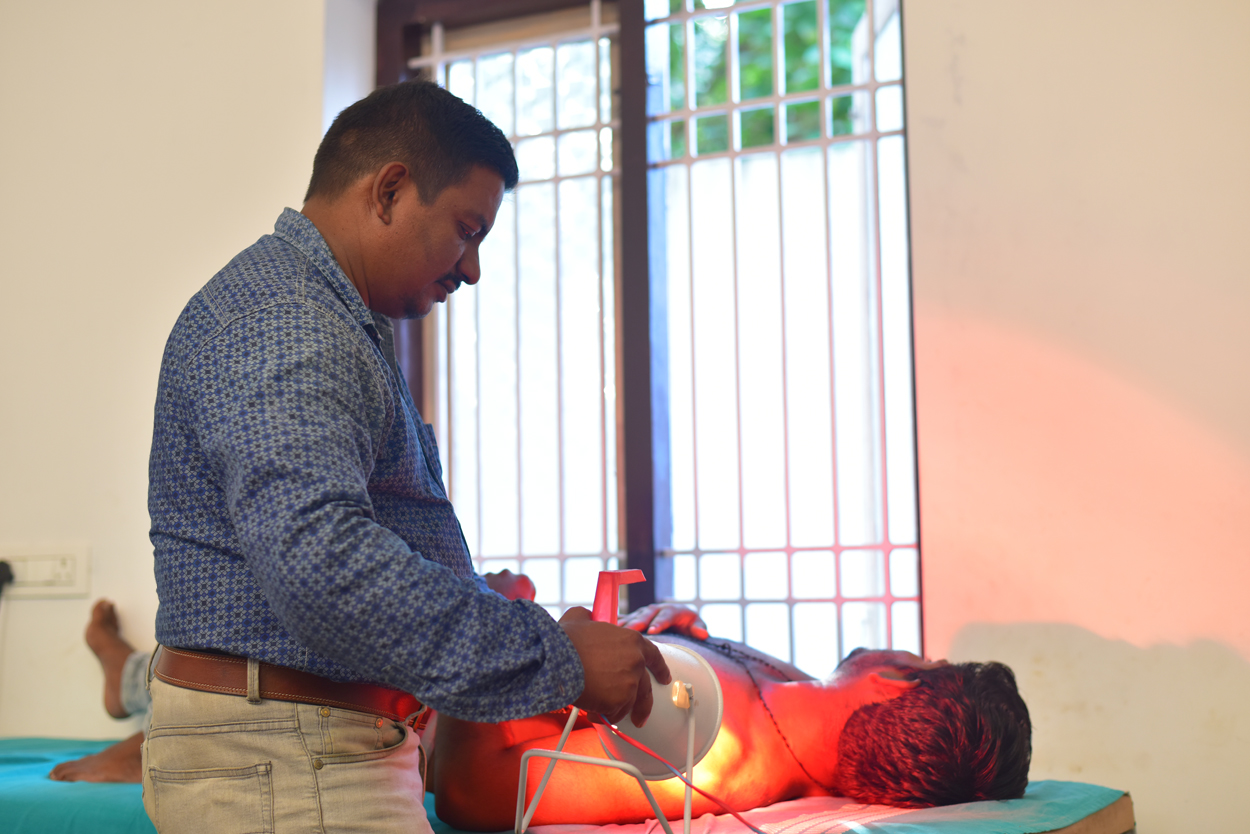
Sports injuries often occur as a result of errors in training and activity and can often be prevented by understanding how the body responds to exercise. Poor quality equipment can also play a role. Once an injury has occurred, early diagnosis is important. This can usually be achieved with good history taking and examination but imaging is often necessary. Most of the injuries can be treated by applying relative rest, physical therapy and the principles of rehabilitation. Occasionally orthosis, medication and injections are required. In rare cases only, the surgery is required. We are therefore very keen to encourage our patients to exercise in a safe and effective way to improve their wellbeing and to reduce their medication requirements. From diagnosis to recovery and rehabilitation, our team of best orthopedic doctors and best orthopedic surgeons provide personal attention to each guest exclusively.
PLASTIC SURGERY
Plastic surgery takes its name from the Greek word “plastikos,” which means to “form” or “mold.” It includes a group of procedures that alter certain areas of your body. These include your face, neck, breasts, stomach, arms and legs. The terms “reconstructive plastic surgery” and “cosmetic surgery” may seem similar, but they represent different types of procedures.Reconstructive surgery repairs defects or injuries from trauma. It also restores function and a natural-looking appearance.

You may need this type of surgery if you have:
- Birth defects, such as webbed fingers, cleft lip and palate
- Burns.
- Certain medical conditions, like head and neck cancer or breast cancer.
- Scars that prevent natural movement.
- Severe injuries, like cuts or tears over large areas of skin.




 Emergency Contact
Emergency Contact Ambulance Service
Ambulance Service